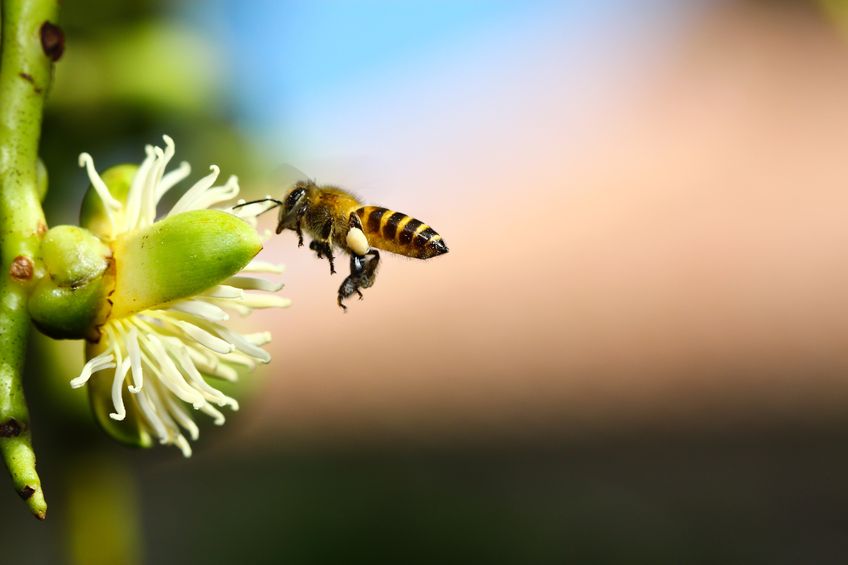Study of Zoo Honey Reveals Honeybees Foraging for Sugar Baits
August 16, 2018
While honeybees mostly make their precious honey stores via floral nectar, sometimes they take a page out of our book and have a few sweet snacks, even hitting up sugary foods that humans leave out. The honeybee’s flexibility when it comes to foraging from non-floral food sources is a handy trick for whenever beekeepers have to supplement their beehives using sugar water during winter or droughts. However, searching for snacks in the wrong place could potentially expose honeybees to danger.
According to a recently published study from the Journal of Insect Science, Kansas State University’s Dr. James Carpenter and Dr. Nathaniel Kapaldo as well as Dr. Lee Cohnstaedt from the USDA’s Center for Grain and Animal Health Research describe honeybees foraging considerably on sugar baits—like those for “attractive toxic sugar baits” (ATSB) for controlling insects like mosquitoes.
While previous studies indicated limited impact by ATSBs on non-target insects, this study’s results suggest honeybees could have greater exposure than previously believed. As a product that’s growing in popularity, ATSBs contain sugar sources, oral toxins, and usually at least one chemical attractant. Since mosquitoes ingest these sugar baits, the toxins don’t kill through touch, so moderate toxins may be used, such as borates, botanicals, and pyrethroids. To keep non-target insects from being affected, ATSBs are usually sprayed onto foliage rather than flowers.
Regarding this recent study, the researchers were originally interested in studying mosquito movements rather than honeybee foraging habits. They deployed non-toxic sugar baits and marked mosquitoes in Manhattan, Kansas’s Sunset Zoo to determine where the mosquitos were originating. The baits contained a roughly 4-1 water to sugar ratio as well as red, green, and blue food coloring, and they were sprayed onto plant foliage at three different locations around the zoo, with any mosquitos with dyed foreguts being sampled. However, about a month into the experiment, the zoo’s beekeeper reported some honey with strange coloring. Four out of six hives had red honey, with roughly 57 kilograms out of 133 kg being dyed.
The red honey indicated substantial foraging from the honeybees on the baits, which weren’t toxic in this case, but the effects could’ve been much worse had they been. According to Cohnstaedt, future studies on ATSB effects on honeybee colonies should look at the health of the entire hive instead of just individual bees. They also suggest measuring the sub-lethal effects of ATSB toxins, which might not kill bees but could affect the colony’s abilities to forage, breed, and produce honey.
Per Cohnstaedt, this study ended up being “a case of turning a disaster into a positive. We really thought we had ruined a lot of honey at the zoo, however it turned out fine as it was a food-grade dye, and we learned a lot about the foraging of bees and sugar baits.”
Ready to try some Manuka honey? Click here to get your order started and remember, we offer FREE shipping on all orders of $150 or more!
Copyright: napat / 123RF Stock Photo


.jpg)




